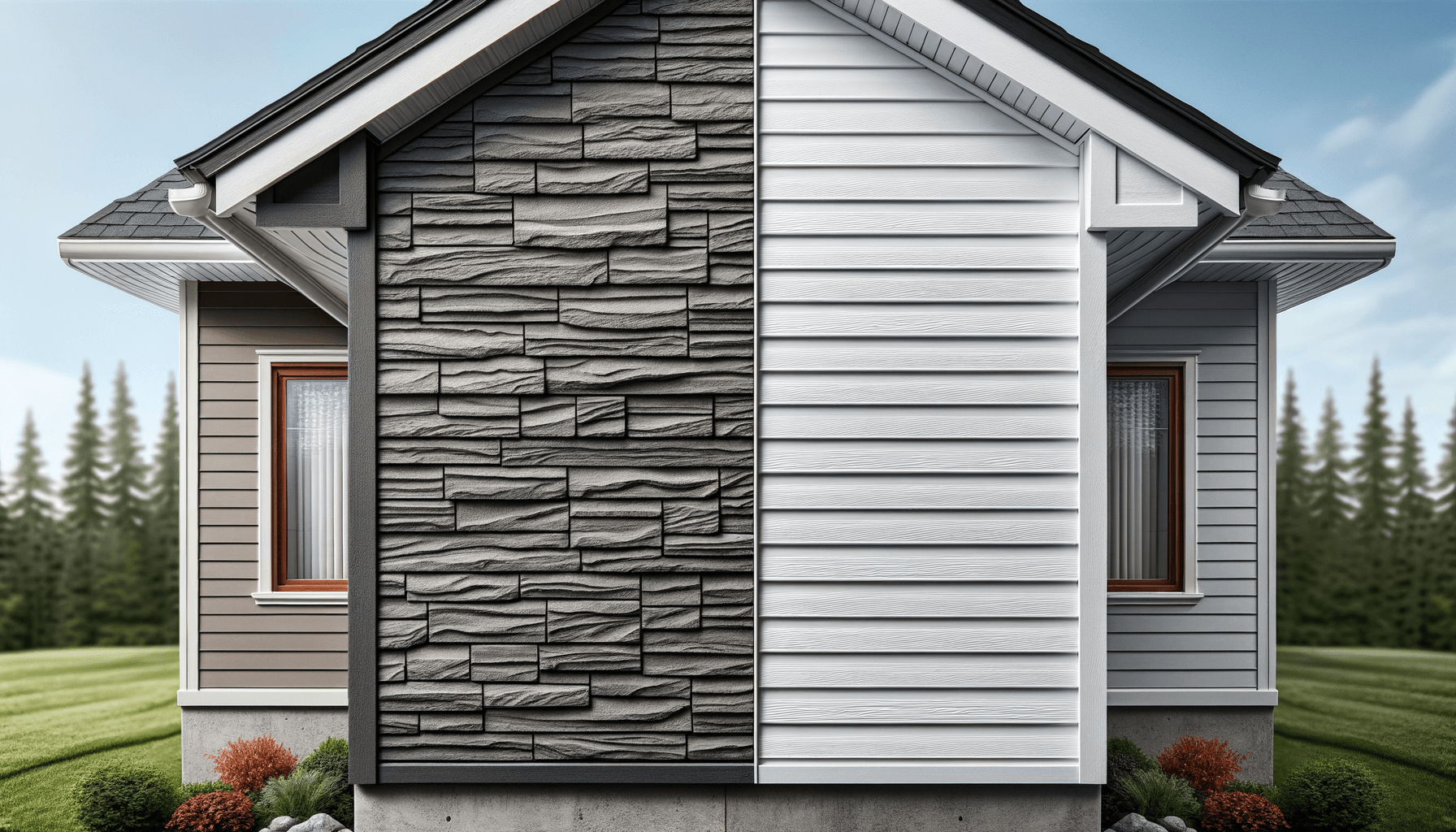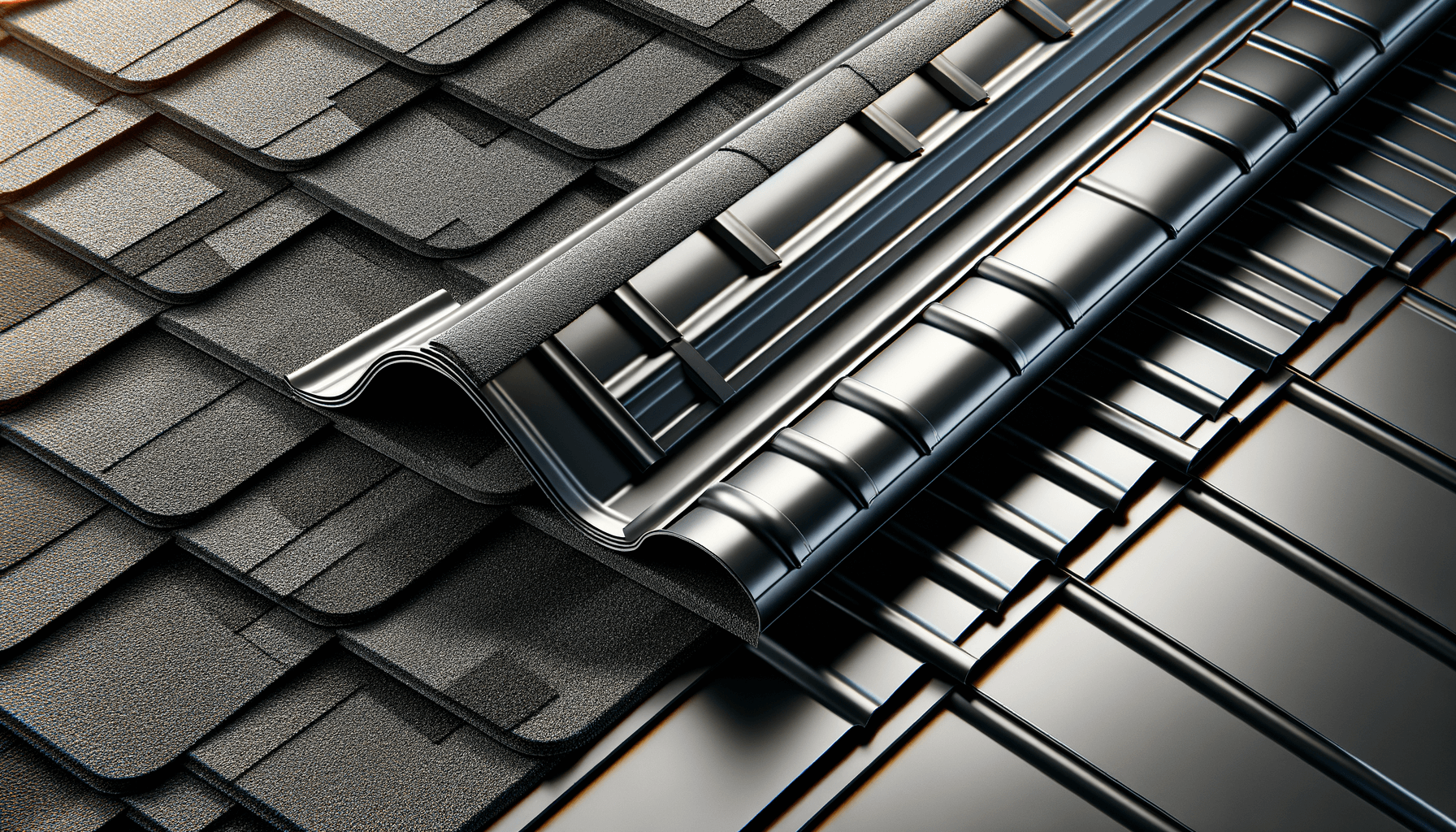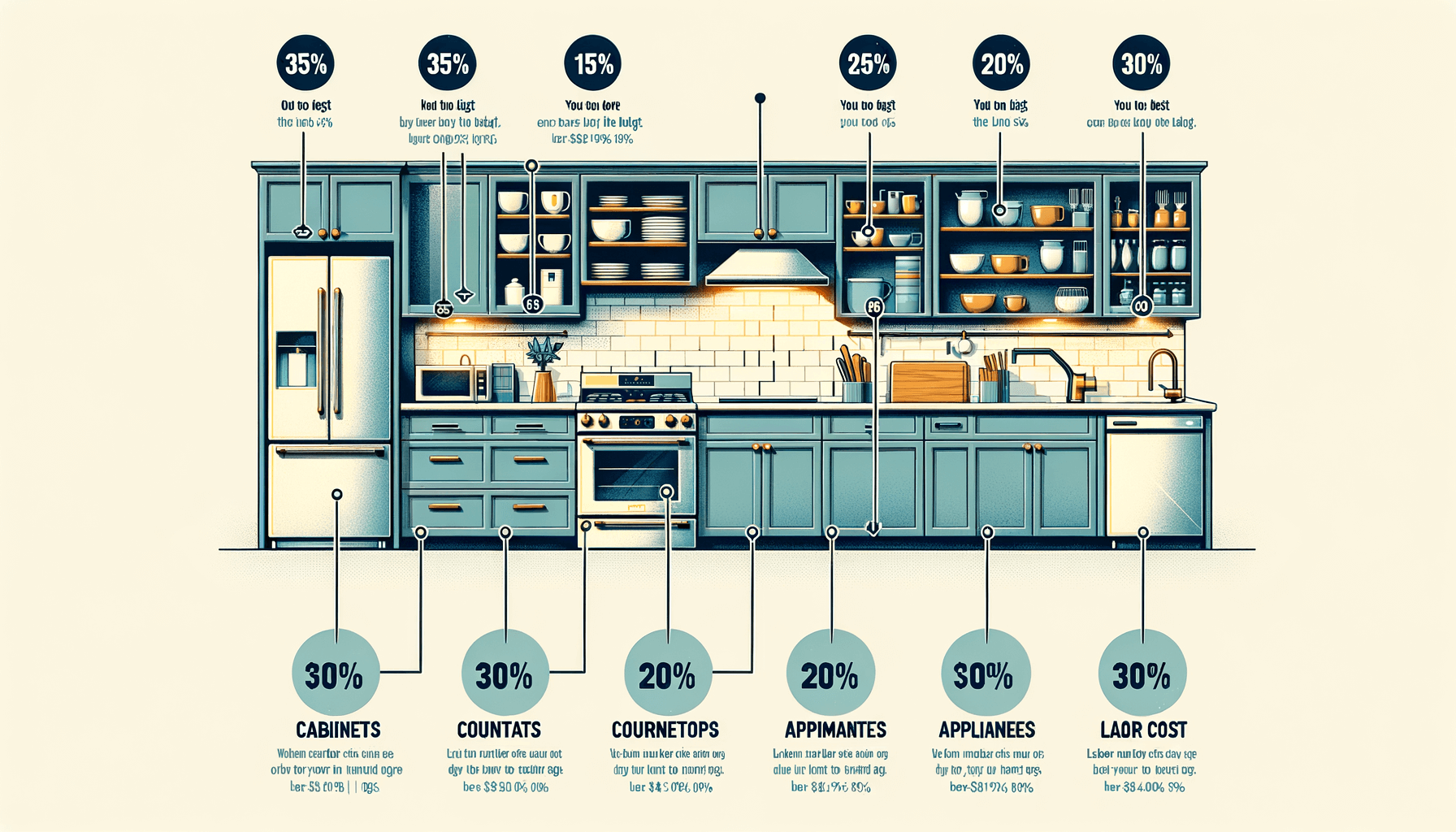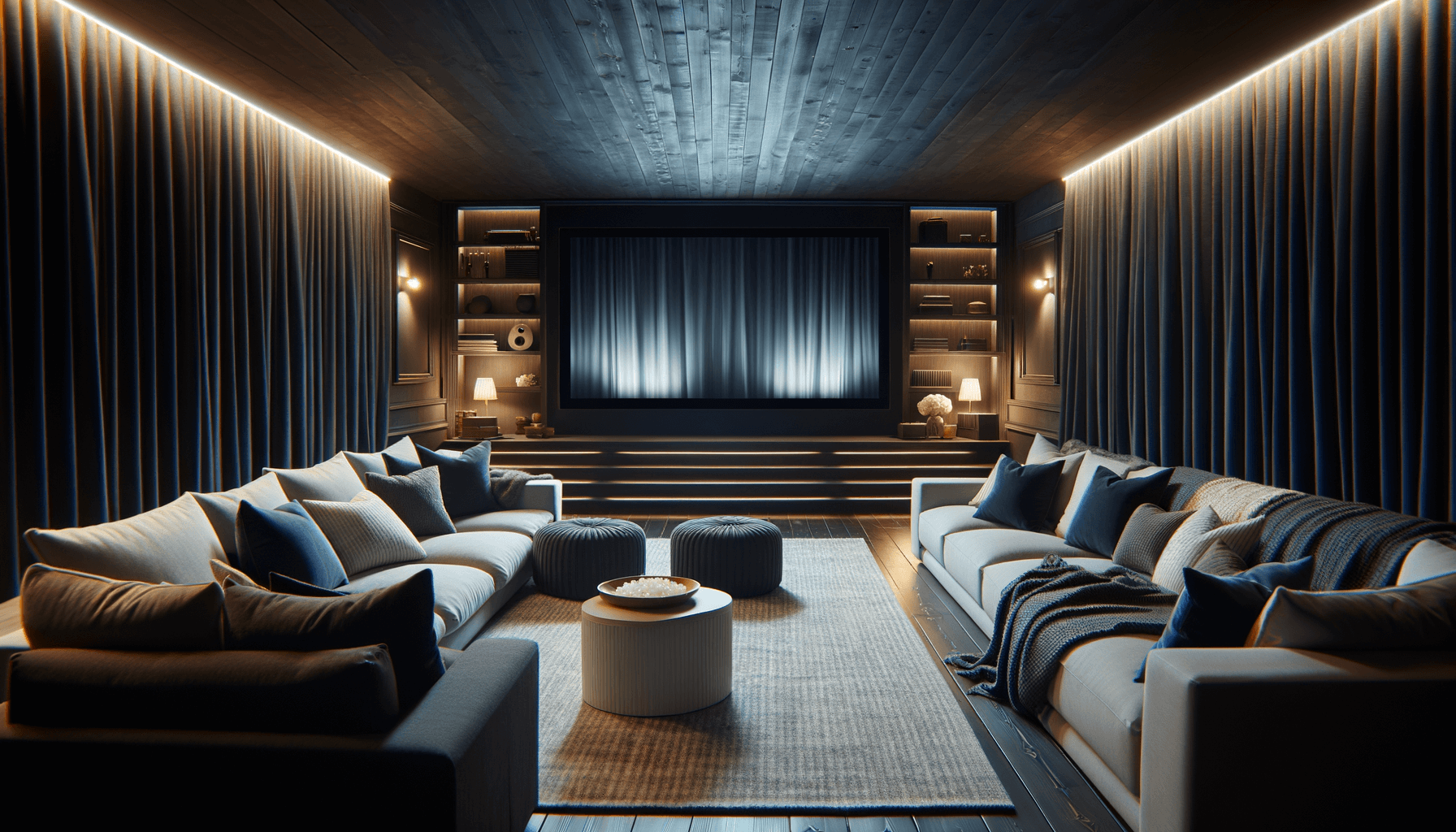Vinyl vs. Fiber Cement Siding: Which is Best for Your Home?

Vinyl vs. Fiber Cement Siding: Which is Best for Your Home?
Choosing new siding is one of the most critical decisions you'll make for your home's exterior. The right material enhances curb appeal, provides essential protection from the elements, and impacts your long-term maintenance burden. Two of the most popular choices today are versatile, cost-effective vinyl and durable, premium fiber cement.
Making an informed decision requires weighing the initial cost against the long-term performance and maintenance of each material. This guide breaks down the essential comparisons to help you choose the best cladding for your home's needs, budget, and desired aesthetic.
Key Takeaways
- Vinyl siding offers the lowest initial material and installation cost, making it the most budget-friendly option.
- Fiber cement provides superior durability, fire resistance, and an authentic wood-like appearance with a lifespan of 50 years or more.
- Your local climate and the long-term ROI goals for your home should be the deciding factors between these two excellent materials.
The Cost and Maintenance Debate
Vinyl siding is often the default choice due to its affordability. It is a polymer-based material that is easy to install and requires little more than occasional cleaning. However, it can fade, crack in extreme temperatures, and may not hold up as well against impact.
Fiber cement, while requiring a higher initial investment and more specialized installation, delivers exceptional value over time. It is moisture-resistant, non-combustible, and highly resistant to pests and rot. While it requires painting every 10 to 15 years, this material is essentially maintenance-free otherwise and offers a sophisticated finish.
Durability, Climate, and Aesthetics
For homeowners in harsh climates with extreme temperature swings or high winds, fiber cement is the clear winner in terms of structural integrity. It is thick and heavy, standing up well to hail and impacts. In contrast, vinyl is thinner and can warp or loosen over time. Aesthetically, fiber cement offers deeper textures and seams, closely mimicking the look of natural wood siding, while vinyl is often recognizable by its overlapping seams and repetitive pattern.
Conclusion
Both vinyl and fiber cement siding offer reliable protection, but they cater to different budget and performance goals. If initial cost is your primary concern and you live in a moderate climate, vinyl is a solid choice. If you prioritize maximum durability, fire resistance, a premium aesthetic, and minimal maintenance (other than painting), the higher investment in fiber cement is worthwhile. To get started, view our comprehensive guide to all home exterior materials.
Source: Remodeling Magazine's Cost vs. Value Report


